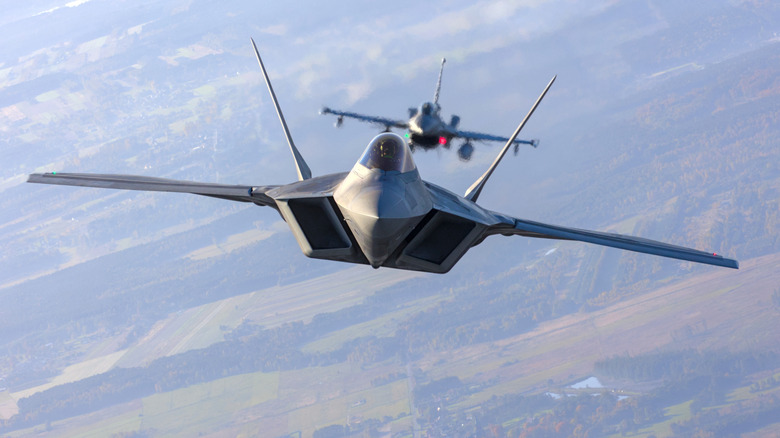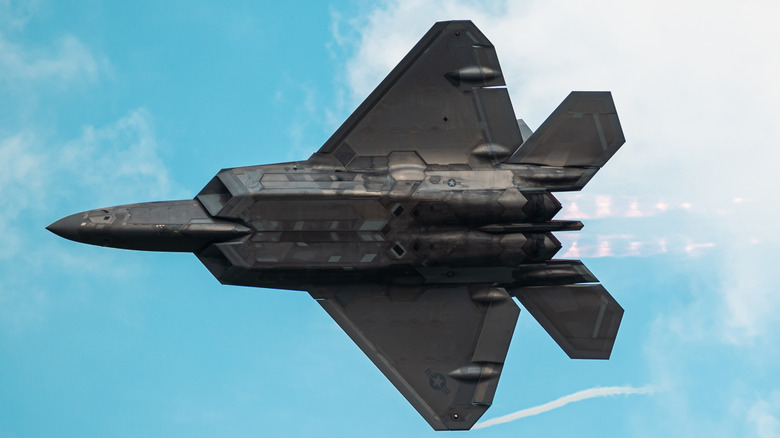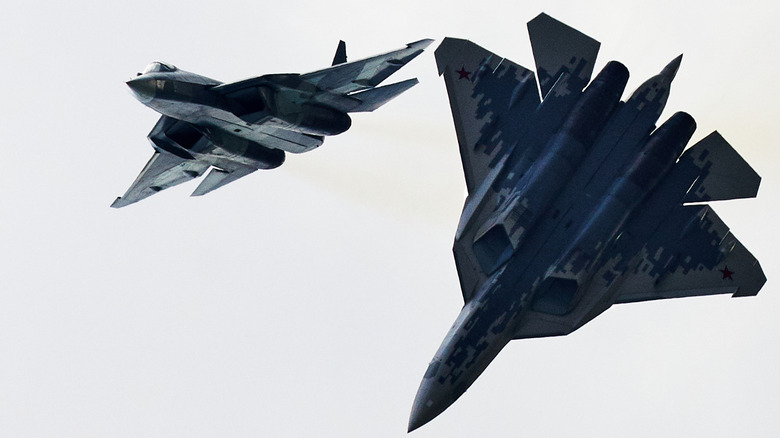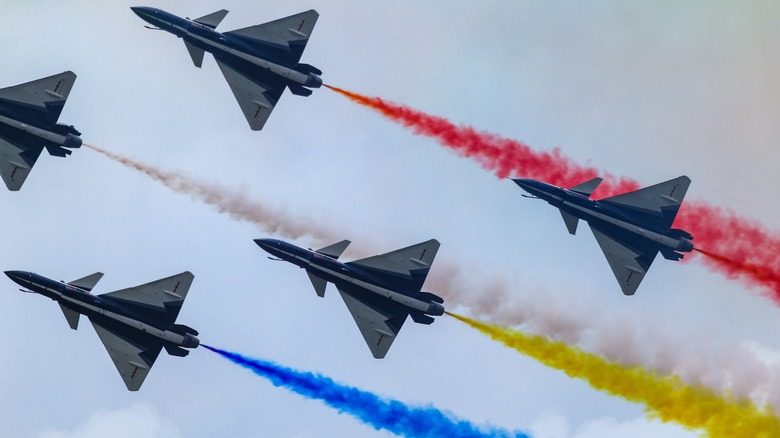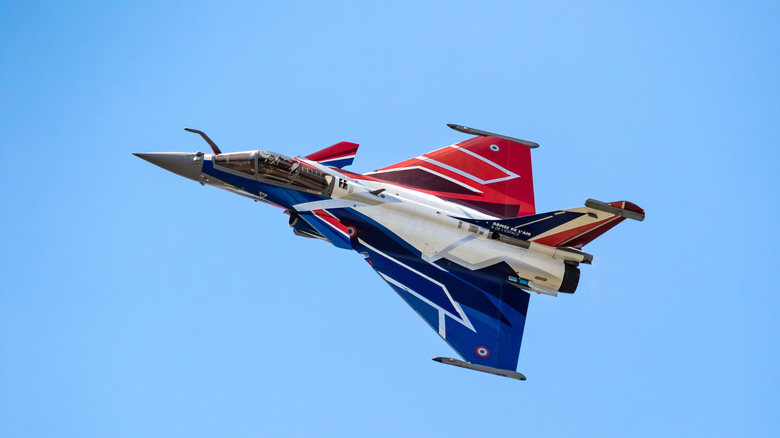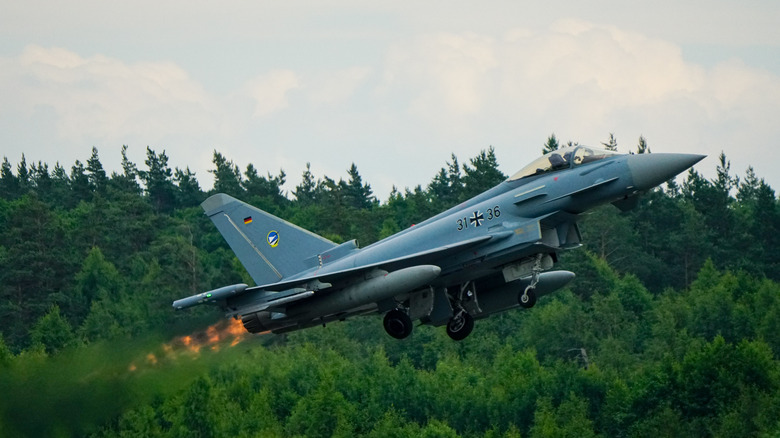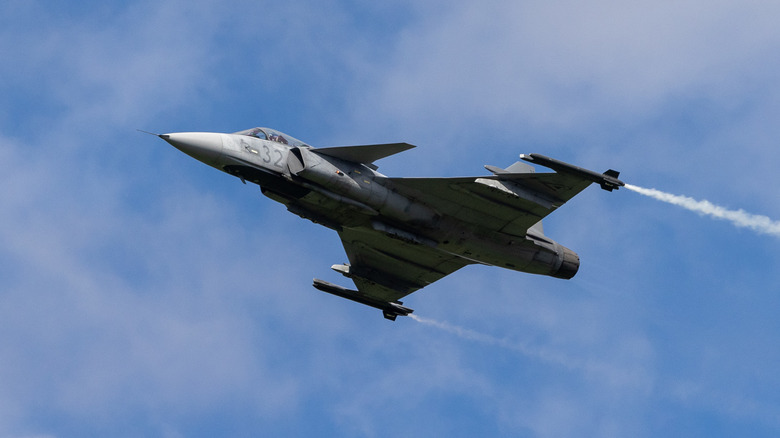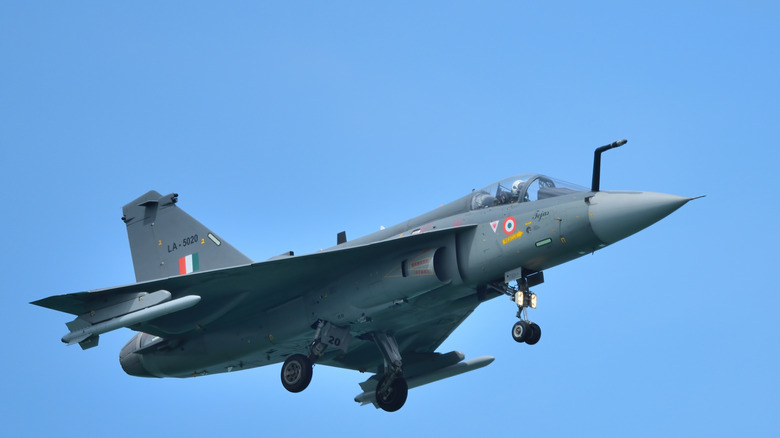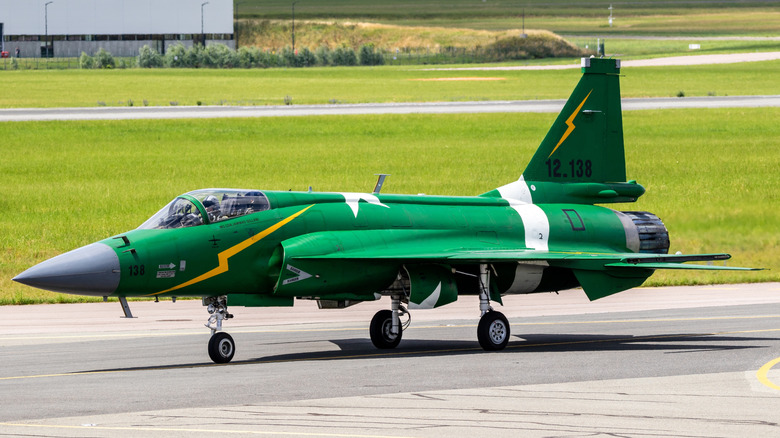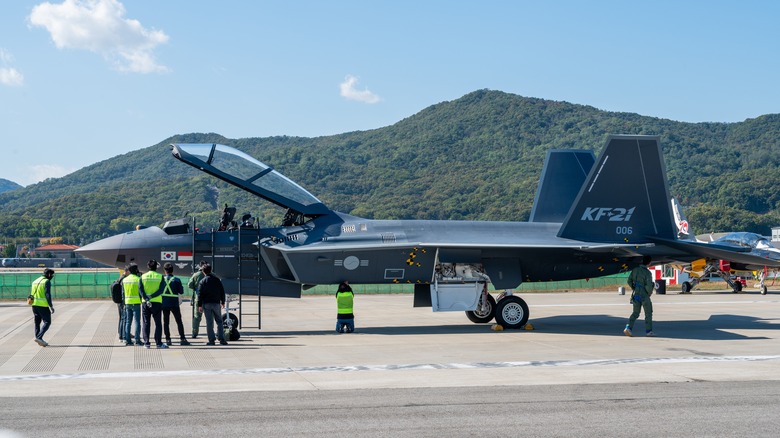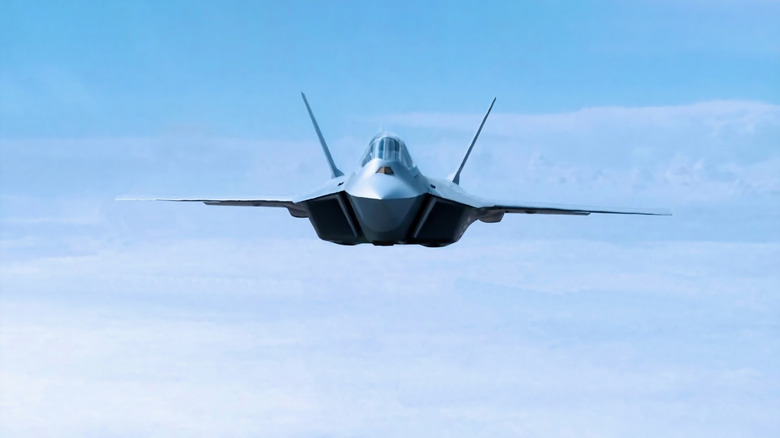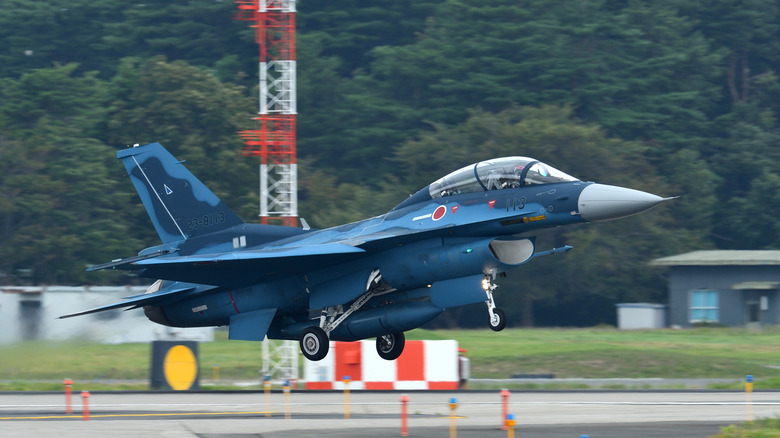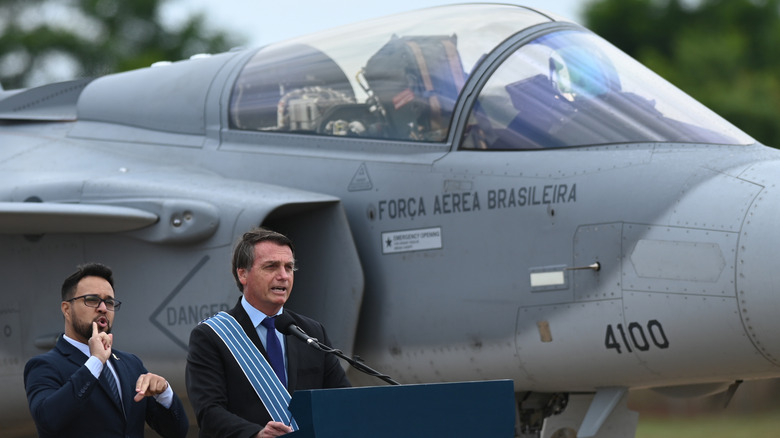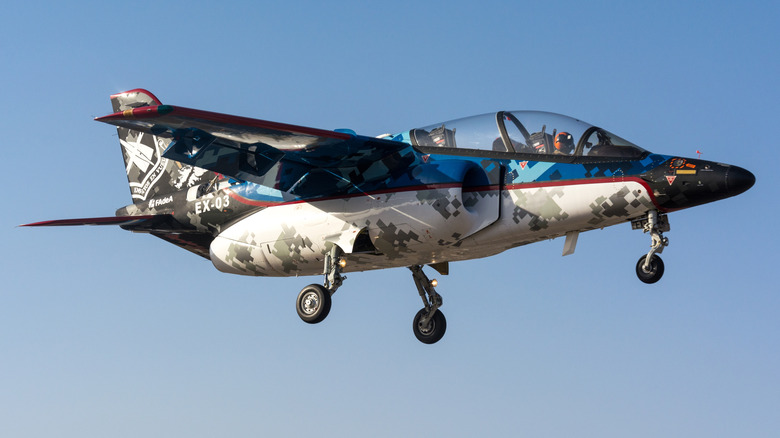13 Countries That Make Their Own Fighter Jets
In the olden days, the thing that mattered most in war was how many horses and men were in the army. Later, it came down to the number of guns and gunpowder that was available. The First World War was fought with battleships, and the Second World War was fought in the skies. Since then, countries have been throwing money at their fighter jet fleets, for these are still the most important weapons in modern times. We may have nuclear bombs and submarines, but the fighter jet is still the most versatile bit of military kit.
Some fighter jets were built to be the fastest in the world, some were designed for ground-attack roles, others were intended to be agile and maneuverable, and still others are simply iconic in every way. However, in the last century, the manufacturing of these jets (or critical components in these jets) began to concentrate towards superpower nations. This became a problem. The country that is your ally today could be on the other side of the frontline tomorrow, and you don't want them having control over your jets.
That's why, with changing geopolitics, many countries decided to be self-sufficient in this regard. Here are 13 self-sufficient nations that build their own fighter jets.
United States
We start with the U.S., a country that is, by far, the most dominant force in the global fighter jet market. Contrary to popular rhetoric, the People's Republic of China does not have more fighter jets than the U.S., as we have a fleet of no less than 2,027 units at the time of writing (per Air And Space Forces). Furthermore, the U.S. is already developing engines for its sixth-generation fighters, while the rest of the world lags behind, stuck with their 4 or 4.5-generation models. In the past, the U.S. has given the world heavy-hitting planes like the F-4, F-15, F-16, F-18, F-22 Raptor, and the F-35. Many world-class fighter jet companies (many of which double up as weapon manufacturers) also call the U.S. their home base, including Lockheed-Martin, Northrop-Grumman, General Dynamics, Boeing, and BAE Systems.
These companies have managed to make exporting fighter jets a viable business model. Interestingly, while the U.S. remains open to exporting its jets, not a single F-22 Raptor air superiority fighter has been sold to other countries. In fact, the sale of jets has been so successful that there are now more F-15s in the Middle East than in Europe. Northrop also recently announced the B-21 Raider, which is a next-generation stealth aircraft that is the successor to the legendary B-2 Spirit fleet, currently housed at Whiteman Air Force Base. Whatever the case may be, the U.S. is clearly still the top dog in the fighter game.
Russia
Though nowhere near our level, the Russian Federation is also a sizable powerhouse when it comes to fighter jet production. It's been this way since the U.S.S.R. was a thing, back when Mikoyan-Gurevich used German tech to produce the MiG-9 Fargo in 1946 – just after World War I ended. Mikoyan Gurevich would go on to become the most dominant force in Soviet fighter jet research, development, and manufacturing, producing some of the best fighter jets of all time. These included the likes of the MiG-15, MiG 21, and the dreaded MiG 25 Foxbat.
Dreaded, that is, until Viktor Belenko defected to the U.S. by flying his Foxbat to Japan, where it was studied and found to be extremely subpar. Other notable names in the Soviet aircraft (not necessarily fighter jet) space included Tupolev, Yakovlev, Sukhoi, and Ilyushin. In the early 2000s, the now-Russian government would merge many of these companies into one massive entity, called the United Aircraft Corporation, or UAC for short. This new corporation would serve as the parent for many of the companies it absorbed, including one called Sukhoi.
In recent years, Sukhoi has been tasked with designing and making Russia's latest fighters, including their Su-57 that cannot beat an F-15 EX. Other notable fighter jets that Sukhoi is still making in 2025 are the Su-35S, which focuses on maneuverability, and the Su-30MKI, which is a multirole platform. Russia shares much of its technology with its geographical neighbor and ally, India.
China
Following close on the heels of the U.S. and the Russian Federation is China, formally known as the People's Republic of China, or PRC for short. Among several other jets, the PRC's most famous creation in recent years is the J-35, which is an in-development fifth-generation fighter, made by Shenyang. Many people still compare the F-35 to the J-35, as the latter is quite blatantly a design clone of the former. While there have thankfully been no engagements so far where concrete superiority can be judged, the F-35 does seem to come out on top, at least on paper.
However, to their credit, the PRC does make several other fighter jets of its own, including the F-5, which is the oldest fighter jet being used today that is still being actively used. The F-5 (originally called the Dongfeng 101) is made by Shenyang, which, apart from Chengdu, is China's other major fighter jet manufacturer, with both companies being invested in heavily by the state.
Other notable current jets coming from the land of the dragon are the aptly named J-20 "Mighty Dragon", which competes with the F-22, and the J-10C, which is a direct competitor to the F-16 Fighting Falcon. The country has also researched, developed, and manufactured the JF-17 Thunder hand-in-hand with Pakistan, which we'll talk about a bit further down.
France
France is one of Europe's most developed economies, so it makes sense that it also has one of the most developed militaries in the region, and indeed, the world. Other than being one of just three countries with a nuclear aircraft carrier – France is also a leader in fighter jets. Specifically, their current show dog is the Rafale, built by Dassault, and supported by no less than four other countries.
In a recent border-dispute skirmish between India and Pakistan, a recently delivered Rafale was confirmed to have been lost, though according to the Dassault CEO, it was not shot down, implying that it was lost in some other matter. Regardless of the cause, a next-generation fighter jet being shot down when it was brand new is not a good look for any country, especially not for France, who enthusiastically hope to export its jets to other nations.
Performance figures for the Dassault are a top speed of Mach 1.6 (1,228 mph), a range of 1,150 miles (1,850 kilometers), a climb rate of 60,000 feet per minute, and a service ceiling of 50,000 feet (9.5 miles). As always though, take these published figures as a rough estimate rather than gospel, as we, the public, will never be able to ascertain the true capabilities of these jets. At the time of writing, the base price for the Rafale reportedly hovers around the $90 million mark.
UK, Germany, Italy, and Spain
In 1994, the United Kingdom, along with its three close neighbors and allies, Germany, Spain, and Italy, joined forces to create what was intended to be one of the most dominant fighter jets in history. Called the Eurofighter Typhoon, deliveries began to much fanfare in 2003, and since then, a reported 680 orders have been placed, in addition to the testing and show prototypes of an unverified number. In recent years, the Eurofighter Typhoon has also been exported to other countries, prominently including the Middle Eastern markets.
These exports kicked off with the deliveries of a brand new Typhoon in 2021 to the State of Kuwait, followed by another unit delivered to the State of Qatar in 2022. According to sources, the Eurofighter Typhoon has a climb rate of 17,500 feet per minute, a top speed of Mach 2.0 (1,535 mph), a service ceiling of 55,036 feet, and an estimated range of 1,118 miles. While undeniably a capable machine, the Typhoon does fall a bit short in the numbers department when compared to offerings from the U.S. and Russia. Perhaps that is why the UK and Italy have already acquired F-35s, with Germany planning to do so soon.
Sweden
Sweden has been making two things since the dawn of time; Ikea furniture and extremely performant fighter jets. Readers would be interested to know that it is a Swedish plane called the JA-37 Viggen, which remains, to date, the only aircraft that achieved missile lock onto an SR-71 Blackbird. The same company that made that legendary fighter is currently producing its spiritual and much-improved successor, the JAS-39 Gripen. That company, if you're interested, is none other than SAAB, who, when it's not building jets, cruise missiles, or other military paraphernalia, is known to have made some pretty nice cars too.
Though details are somewhat unverified at the time of writing, the JA-39 is rumored to have a service ceiling of 50,000 feet, a range of 2,000 miles, and a remarkable top speed of Mach 2, or 1,535 mph. There are four main versions of the Gripen currently in use around the world, named the JA-39 C, D, E, or F variant, respectively. C and E are single-seat versions, while D and F can seat two pilots. The first two, C and D, are the older-generation fighters that were primarily intended for immediate Swedish use, while the E and F variants brought about several upgrades and were also exported to other countries. Nations with the Gripen in their fleets include Hungary, Peru, the Czech Republic, and Brazil.
India
Despite having almost a quarter of the world's population, India actually has a surprisingly low military budget, even when purchasing power parity is accounted for. However, the country develops and manufactures several aircraft in-house through the state-run company called Hindustan Aeronautics Limited, often shortened to HAL. The only completely in-house jet that India makes at the moment is called the HAL Tejas, and it has been in development for several years now, with its first deliveries in 2016.
The jet has faced innumerable delays over the years, and, as the matter stands, currently holds a contract from the Indian government to build 83 jets, which HAL says will be done by 2028. Again, figures are not confirmed, but the Tejas is said to have a range of 1,864 miles (3,000 kilometers), has a top speed of mach 1.6 (1,228 mph), and a service ceiling of 15,000 meters or 49,212 feet.
While certainly not class-leading, the Tejas is perfectly suited to what India intends to use it as a cost-efficient, multirole/ support aircraft that can be mass-produced. However, the Tejas is not the only jet that India manufactures, as HAL has a commercial license agreement to build and deploy several other aircraft. Chief among these are the Sukhoi 30MKI, as well as the Hawk by British Aerospace, or BAE for short. Interestingly enough, BAE itself stopped producing the Hawk in 2020, but HAL continues to make these even half a decade on.
Pakistan
India's neighboring country of Pakistan was not going to be left in the rearview mirror while India partnered with Russia to gain control over the skies in the subcontinent. To that end, Pakistan enlisted the help of the People's Republic of China, with whom the country jointly develops the JF-17 Thunder. The Chinese company, Chengdu Aircraft Corporation, which we introduced you to earlier, has been tasked with assisting the Pakistan Aeronautical Complex (PAC), so that Pakistan can produce the Thunder in-house.
The jet has been out for a while, with PAC having begun production of the block-II version of the JF-17 in 2018, impressively delivering 26 aircraft by 2020 – a rate that averages out to about one per month. This rate is remarkable because it would have been the first time that the South Asian country would have had to manufacture such an advanced jet, so most of the world was probably expecting it to get delayed for years, but the PAC came out on top. The JF-17 supposedly has a top speed of Mach 1.56 (1,200 mph), a range of 2,163 miles, and a service ceiling of 50,000 feet.
South Korea
Given that the country shares a land border with the most inhuman dictatorship on the planet, in addition to the most militarized zone on the face of the earth, it makes sense that South Korea invests heavily in defense. Part of that investment goes to the Korean Aerospace Industries (abbreviated to KAI) Korean Fighter 21, which it supplies to the Republic of Korea Air Force, or RoKAF for short. Since that is a mouthful, we'll stick to calling it the KF-21 Boramae, as the country has dubbed it, with Boramae being the Korean word for the fighting hawk. According to reports, it has a service ceiling of about 54,000 feet, a top speed of Mach 1.8 (1,381 mph), and a range of 1,726 miles.
The Boramae can be used in a variety of different situations, being a multirole aircraft, and it is actually the first in-house Korean fighter jet ever to be produced. In recent news, the United Arab Emirates has agreed to support the development of the program, meaning the country is diversifying away from the U.S.-based F-35 fighters. While this is a minor blow to the U.S., it's a good sign for Korea that foreign countries believe in the capability of their new jet.
Turkey
The next country that makes its own fighter jets in-house on our list is Turkey, sitting at the junction between Europe and Asia, and one that is slowly becoming a crucial trade link. Now, it's no secret that the country of Turkey is one of the largest operators of the F-16 Fighting Falcon, with about 200 units in current active service – a fact that makes Turkey the second-largest F-16 operator within the North Atlantic Treaty Organization. Furthermore, Turkey has also placed an order for about 40 units of the new viper block F-16s, which will be delivered by 2028 — the same year India gets its HAL Tejas, and the same year as the next U.S. Presidential elections.
However, it is also a common consensus that the F-16, though still capable, is well past its prime. Thus, in 2019, Turkey decided to become a little more self-reliant and commissioned a company called Turkish Aerospace Industries (TAI) to build the TF Kaan – the country's first fighter jet. It is currently being powered by F110 Turbofan engines supplied by General Electric, though the plan is to wean prototypes off the F110s and onto indigenous engines. For now, the Kaan has a top speed of Mach 1.8 (1,381 mph), a service ceiling of 55,000 feet, and a range of 1,988 miles.
Japan
Japan's fighter plane (not jet) industry was forced through the crucible of two world wars and several other conflicts to develop itself extremely rapidly. In World War II alone, Japan produced more than 10,000 A6M Zero type aircraft, courtesy the massive facilities under Mitsubishi, as well as several thousand of the Nakajima Ki-43. This expertise gave Japan the confidence to come out with their fighter jet program, and some readers might be surprised to learn that Mitsubishi is still making fighter jets today. The most prominent mass-produced Japanese fighter jet in recent years is the F-2, produced by Mitsubishi.
It is based off the F-16 Fighting Falcon by General Dynamics, and modern versions are powered by a General Electric F110 turbofan that can make 29,605 pounds of thrust. This remarkable, trusty powerplant gives the F-2 a range of 2,175 miles, a service ceiling of 59,000 feet, and a top speed of Mach 1.7, or 1,304 mph. However, the F-2 is ageing, so it's being replaced with the upcoming Mitsubishi F-X, a sixth-generation fighter. Until the F-X is delivered, Japan will be acquiring F-35 Lightning-II planes from America.
Brazil
Not a lot of people know this, but the South-American country of Brazil is one of the biggest names in the aircraft industry, with the multi-billion dollar Embraer corporation calling the country home. To that end, the Embraer corporation has used their experience in the sector, and secured a manufacturing agreement whereby it can manufacture the Gripen E and Gripen F. If the name sounds familiar, it might be because Gripen is the nickname for the SAAB JA-39 that we introduced you to above.
Readers would also recall that the E and F are codes for the single-seat and double-seat Gripen aircraft, respectively. The planes are manufactured in Brazil for the Brazilian military only, and come with a General Electric F414 engine that can make 22,000 pounds of thrust. Brazilian Gripens have the same performance as the Swedish ones, at 2,485 miles of range, a service ceiling of about 52,000 feet, and a top speed of Mach 2 or 1,535 mph.
Argentina
The last country on our list of nations that make their own fighter jet is Argentina, another heavyweight South American economy. Specifically, a state-run corporation called Fabrica Militar de Aviones, or FMA for short, makes the IA-63 Pampa III. While not a fighter jet in the purest form of the word, the Pampa III is what is known as a trainer/light combat aircraft designed to get the pilot force used to flying fast, agile craft. However, it can definitely be modified and used as a fighter should the need arise.
Power comes from a Honeywell (yes, the plug company) TFE 731 engine that can make an approximate 4,000 pounds of thrust. This can power the Pampa III to a top speed of Mach 0.75 (575 mph), a service ceiling of 42,300 feet, and a range of 1,462 miles. While those numbers may look a bit watered down, remember that Argentina has a military budget that is nowhere near that of any other country on this list.
